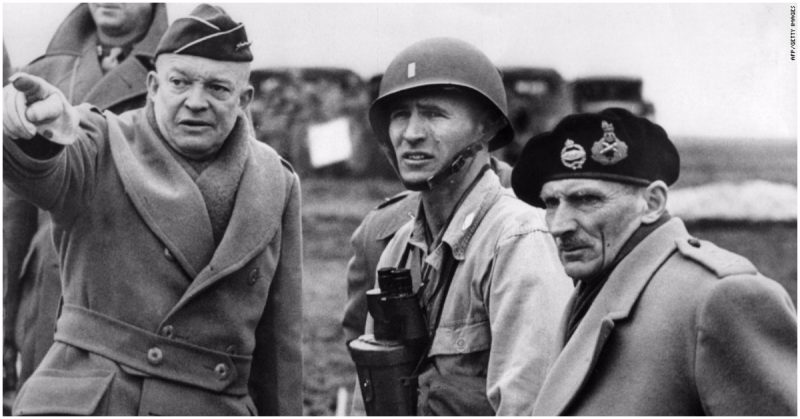Former US President Barack Obama spoke on the battleground of Normandy to commemorate the 70th anniversary of the D-Day invasion that led to the Allied victory in World War II. President George W. Bush spoke there on the 60th anniversary. President Bill Clinton spoke at the 50th. It has become a tradition for US presidents to make the pilgrimage to the site of that climactic battle.
President Ronald Reagan was there for the 40th when he gave his famous speech at Pointe du Hoc. On top of the 100-foot cliff that had been scaled by Army Rangers 40 years before, he gave a stirring speech that commemorated the Allied soldiers who fought on that day. The speech was so moving and inspiring he used it in his re-election campaign commercials. One reason it was so effective is that there had been no national moment recognizing the accomplishments and sacrifices of the WWII veterans.
https://youtu.be/H1NxrQ9Je1s
It’s hard to imagine now that no US president visited this site until President Jimmy Carter in 1978. President Richard Nixon was preparing to fly to the Middle East and dealing with the growing scandal of Watergate on the 30th anniversary. President Lyndon Johnson did not attend the 20th anniversary as he had sworn he would not leave the US during his first year in office following the assassination of President John Kennedy.
Dwight D. Eisenhower was the president on the 10th anniversary in 1954. Eisenhower, of course, was the commander of the D-Day invasion. It had been his decision to send 160,000 Allied soldiers onto the beaches in France to secure a foothold in Europe against the Axis powers.
Nowadays, it isn’t difficult to imagine the political PR machine working overtime to position Eisenhower at the scene of his greatest military victory to remind voters back home of his leadership ability in the toughest of times.
But Eisenhower refused to focus on self-congratulation. He avoided visiting Normandy. He did not hold a White House event to extol the virtues of his leadership. This is something people of that generation did not seek out and Eisenhower was no exception.
There was at least one time that Eisenhower lost control of his emotions when publicly remembering the sacrifices made that day by some of America’s finest young men. During his 1952 campaign for the presidency, Eisenhower spoke to a group of WWII veterans. As he talked about the men who lost their lives storming the beaches of Normandy, he had to cover his face with his handkerchief while he gathered his emotions.
So, rather than basking in the spotlight at the scene that reminded him of so much pain and loss, Eisenhower spent June 6, 1954, at Camp David – out of the public eye. Rather than speaking eloquently to a crowd of supporters, he wrote a simple, 308-word statement which exalted “the courage, devotion, and faith which brought us through the perils of war will inevitably bring us success in our unremitting search for peace, security and freedom.” Even with that, he put the focus on the soldiers and not on his own leadership.
The D-Day invasion on June 6, 1944, was the largest amphibious military invasion in history. 160,000 Allied troops attacked the shores of the beaches in Normandy, France, to remove German defenses and establish a beachhead in the region which would allow them to march toward Berlin. Over 5,000 ships and 11,000 aircraft were utilized in the mission.
Over 4,000 Allied troops were killed, injured or missing by the end of that day. But, 156,000 other soldiers secured the beaches and began the work necessary to prepare for moving inland to the heart of the Nazi empire.
